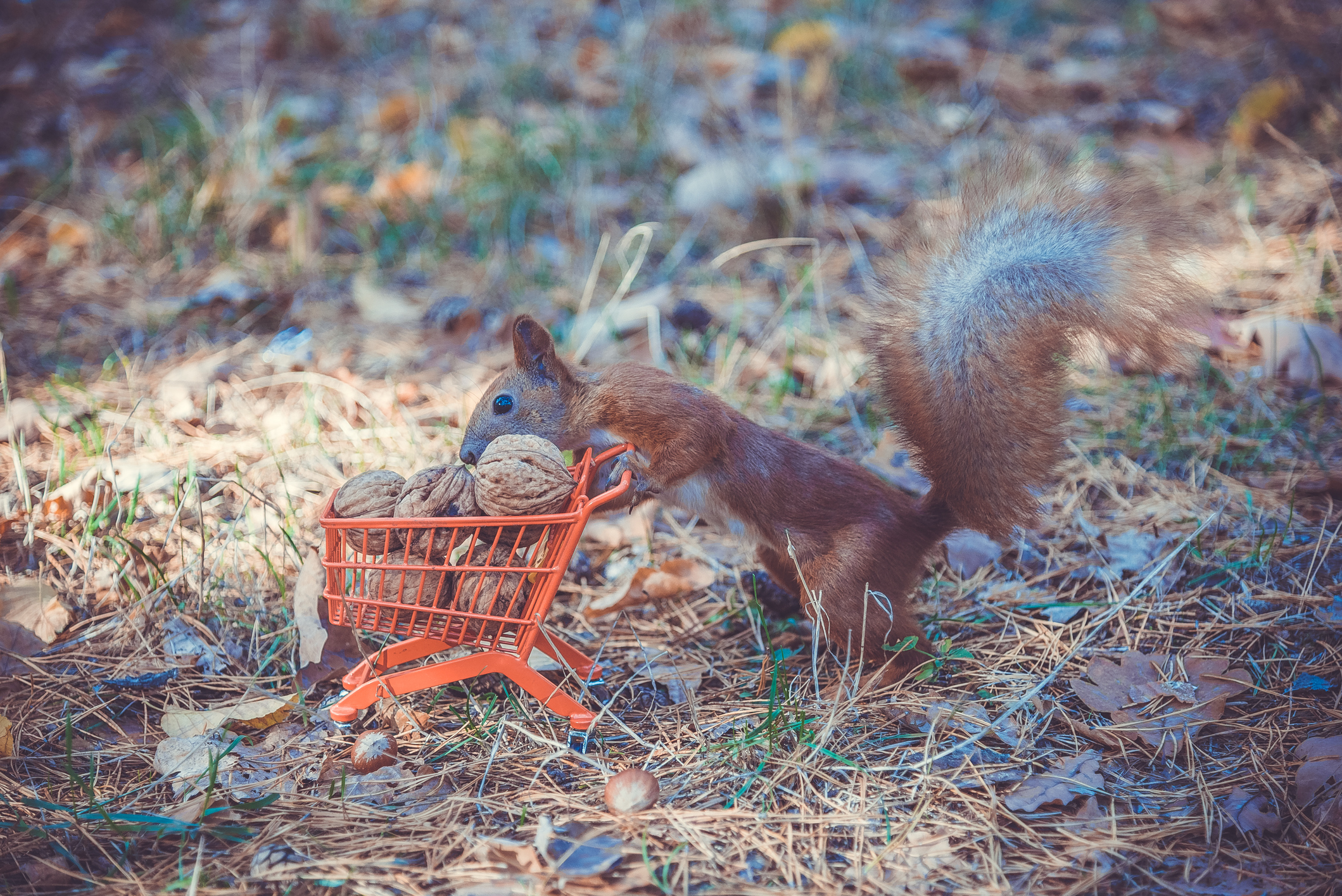You'll Kick Yourself in the Spring if You Don't Make This Savings Move Now
The Fed might lower rates for a third time at its meeting next week. Does a long-term CD offer enough of a return to withstand this cut?

We can't shake inflation. After a lull over the spring, prices on some items reached their highest levels, including produce and beef. Gas prices rising by over 4% are the primary driver of the headline CPI increasing by 0.3% last month.
Savers are also feeling the squeeze with lower returns on the horizon. The Federal Reserve cut rates at its October meeting and will likely do so again when it meets in December.
With these things in mind, does a long-term CD make sense amid rising inflation and a rate cut?
From just $107.88 $24.99 for Kiplinger Personal Finance
Become a smarter, better informed investor. Subscribe from just $107.88 $24.99, plus get up to 4 Special Issues

Sign up for Kiplinger’s Free Newsletters
Profit and prosper with the best of expert advice on investing, taxes, retirement, personal finance and more - straight to your e-mail.
Profit and prosper with the best of expert advice - straight to your e-mail.
Inflation projections for 2025
Inflation will overachieve its projections for 2025. Fed chair Jerome Powell said, “Everyone that I know is forecasting a meaningful increase in inflation in the coming months from tariffs because someone has to pay for them."
How much do they expect core inflation to rise in 2025? At the June Fed meeting, the Federal Open Market Committee (FOMC) reported that it expects inflation to increase to 3.1% in 2025, up from the March projections of 2.8%.
If you're wondering what the Fed will do at its next meeting, December 9-10, it's likely to issue its third rate cut of the year.
Why? The jobs reports have been less than stellar. And ADP's recent numbers show 32,000 jobs were lost in November, adding to the concern.
One way to stimulate job growth is through rate cuts. Doing so lowers borrowing costs for companies.
At the same time, it also lowers the returns you'll earn on your savings rates. This means now is the time to lock in higher returns while they are available.
Savings strategies to keep ahead of inflation
There are several ways to maximize your savings when inflation rises. The first is to lock in a long-term CD. CDs are market-resistant in that they come with fixed interest rates.
It means if you choose a five-year CD and the Fed decides to cut interest rates next week, the rate you have won't change until after your CD matures.
And some five-year CD rates are over 4%. Use the Bankrate tool below to find and compare CD options fast:
There's another benefit to a long-term CD. Mark Hamrick, a senior economic analyst with Bankrate, notes, "If opting for a multi-year rate is a sound option for you, one can avoid the situation where maturing short-term assets will need to be reinvested, possibly at lower rates down the road."
And he's right. A five-year CD allows you to earn a guaranteed rate of return with no work on your part. Moreover, if the Fed cuts rates again, as many economists project, now's the time to lock one in while rates are outpacing inflation.
The one thing to note about long-term CDs is that you can't touch that money. If you withdraw it before the maturity date, you're likely paying at least a year of earned interest, lowering your returns.
Short-term alternatives that offer flexibility

Long-term CDs should keep you ahead of the game, at least for the rest of 2025. However, they're also best for conservative savers or those nearing retirement, who want a risk-free way to grow their money without access to it.
That said, what if inflation exceeds expectations and you want the flexibility to pivot to more traditional investment strategies, such as mutual funds or a diversified stock portfolio, which offer higher returns and risk?
If this applies to you, then consider a no-penalty CD. No-penalty CD rates average over 4% and have a shorter maturity window, between six and 14 months.
The benefit of these is that you can still lock in a rate while they're higher, but you also have the flexibility to pivot to other investments fast. That way, if the Fed cuts rates and prices continue to rise, you can find different solutions that maximize returns since this scenario will squeeze savers anyway.
The main consideration with no-penalty CDs is that once you fund them, you cannot access the money for at least a week, although some banks extend that to the first 30 days. Some also restrict withdrawals to once per month, while other banks allow you to take it all after the initial holding period.
However, if you're looking for a quick way to pivot, this could be a smart option as you won't feel the immediate impact of rate cuts. Regardless of what strategy you use, CDs can shelter your money from the rising costs of everyday items.
With the Fed likely to cut rates next week, now is the best time to take advantage of the higher rates while they're here.
Related content
Profit and prosper with the best of Kiplinger's advice on investing, taxes, retirement, personal finance and much more. Delivered daily. Enter your email in the box and click Sign Me Up.

Sean is a veteran personal finance writer, with over 10 years of experience. He's written finance guides on insurance, savings, travel and more for CNET, Bankrate and GOBankingRates.
-
 Forget FIRE: Why ‘FILE’ Is the Smarter Move for Child-Free DINKs
Forget FIRE: Why ‘FILE’ Is the Smarter Move for Child-Free DINKsHow shifting from "Retiring Early" to "Living Early" allows child-free adults to enjoy their wealth while they’re still young enough to use it.
-
 7 Tax Blunders to Avoid in Your First Year of Retirement
7 Tax Blunders to Avoid in Your First Year of RetirementA business-as-usual approach to taxes in the first year of retirement can lead to silly trip-ups that erode your nest egg. Here are seven common goofs to avoid.
-
 How to Plan for Social Security in 2026's Changing Landscape
How to Plan for Social Security in 2026's Changing LandscapeNot understanding how the upcoming changes in 2026 might affect you could put your financial security in retirement at risk. This is what you need to know.
-
 My First $1 Million: Semiretired CPA, 68, San Francisco
My First $1 Million: Semiretired CPA, 68, San FranciscoEver wonder how someone who's made a million dollars or more did it? Kiplinger's My First $1 Million series uncovers the answers.
-
 I'm a Wealth Adviser: These Are the 7 Risks Your Retirement Plan Should Address
I'm a Wealth Adviser: These Are the 7 Risks Your Retirement Plan Should AddressYour retirement needs to be able to withstand several major threats, including inflation, longevity, long-term care costs, market swings and more.
-
 Tip: Ways to Track Your Credit Card Rewards
Tip: Ways to Track Your Credit Card RewardsHere are the best strategies and apps to help you stay current with your credit card rewards.
-
 Do You Have an Insurance Coverage Gap for Your Valuables? You May Be Surprised to Learn You Do
Do You Have an Insurance Coverage Gap for Your Valuables? You May Be Surprised to Learn You DoStandard homeowners insurance usually has strict limits on high-value items, so you should formally "schedule" these valuable possessions with your insurer.
-
 How We Manage Our Finances Together as a Married Couple
How We Manage Our Finances Together as a Married CoupleDouglas Boneparth, a certified financial planner, and his wife, Heather Boneparth, speak with Kiplinger about couples managing finances.
-
 How AI Is Changing the Way Americans Spend on Live Events
How AI Is Changing the Way Americans Spend on Live EventsAI bots are reshaping ticket prices, resale markets and how fans shop. Here's what it means for your wallet and how to get the best deals on concerts, sports and shows.
-
 What Bilt Cardholders Need to Know as Wells Fargo Exits the Program
What Bilt Cardholders Need to Know as Wells Fargo Exits the ProgramA major shake-up in the Bilt Rewards program could affect your credit card, rent rewards and points strategy heading into 2026.
-
 Where to Stash Cash as Yields Fall, According to Advisers
Where to Stash Cash as Yields Fall, According to AdvisersYour best options depend on how soon you'll need the money and your tolerance for risk.